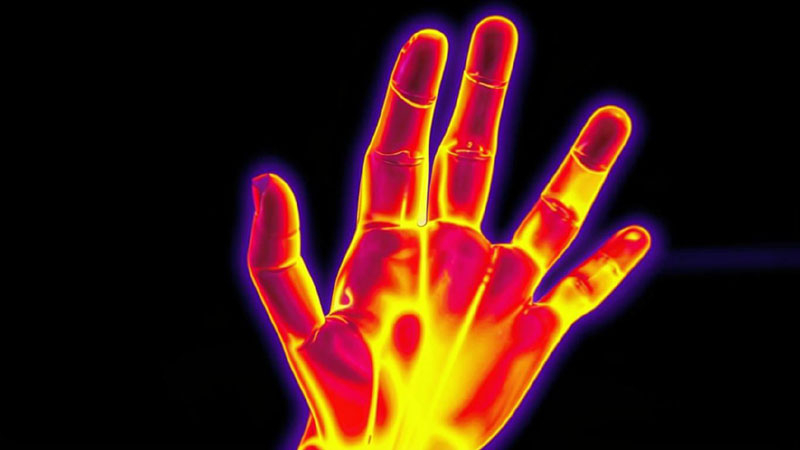An international group of scientists has identified ways to generate electricity from the heat of the human body using environmentally friendly materials. The ideal material for creating a membrane that can be used to obtain energy from low-temperature thermoelectric processes turned out to be lignin, extracted from wood waste. It is a plant-based material that is renewable, environmentally friendly and widely available.

Image source: AI generation Kandinsky 3.0/3DNews
On average, the human body produces 60–80 W of thermal energy per hour. It is quite possible to power a laptop. The problem is to collect heat and convert it into electricity, as well as store it. The efficiency of thermoelectric converters is usually a few percent and even lower if we are talking about temperatures less than 200 °C. But it is from the sources of such waste heat that the greatest losses into the atmosphere occur – over 66%. It is lost by warm mechanisms, heating mains, buildings and much more, including you and me. But converting body heat into electricity could ensure the operation of wearable electronics for a long time, if not forever.
Scientists from the University of Limerick (Ireland), in collaboration with the University of Valencia (Spain), were able to create a lignin membrane capable of creating a potential difference on both sides. To do this, the membrane was impregnated with a saline solution, in which, under the influence of heat on one side, positive ions moved to the opposite side. All that remained was to accumulate this current and use it for its intended purpose. Scientists did not lose face in this case either and created an environmentally friendly ion storage device.
Researchers have created a porous carbon material from wood waste that can accumulate ions after penetrating a lignin membrane. The battery also turned out to be environmentally friendly, like a thermoelectric element. More precisely, the researchers created a carbon supercapacitor from waste wood, proving that heat can be converted into electricity and stored without the use of toxic substances such as lead, antimony and others.